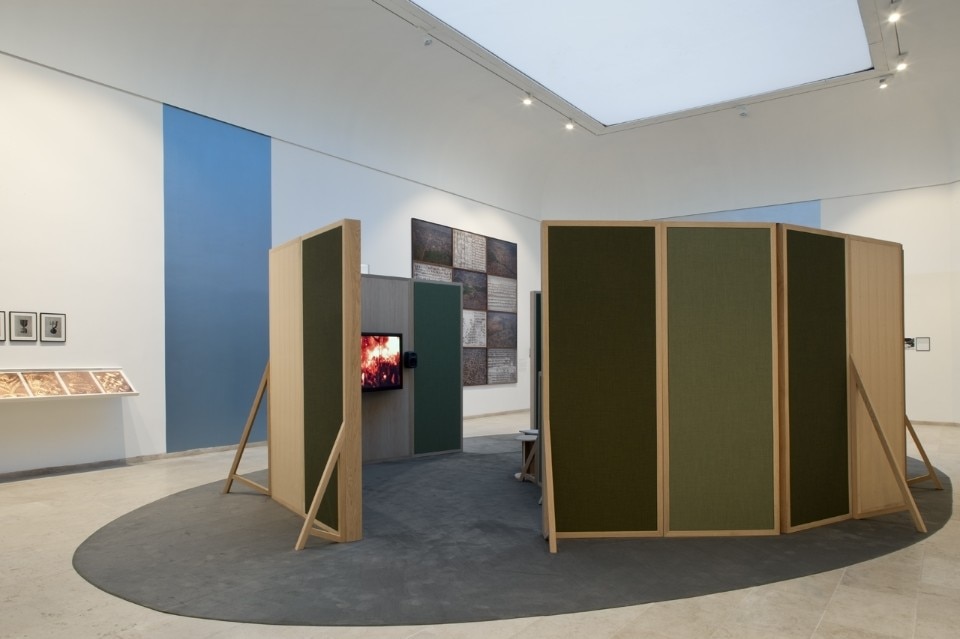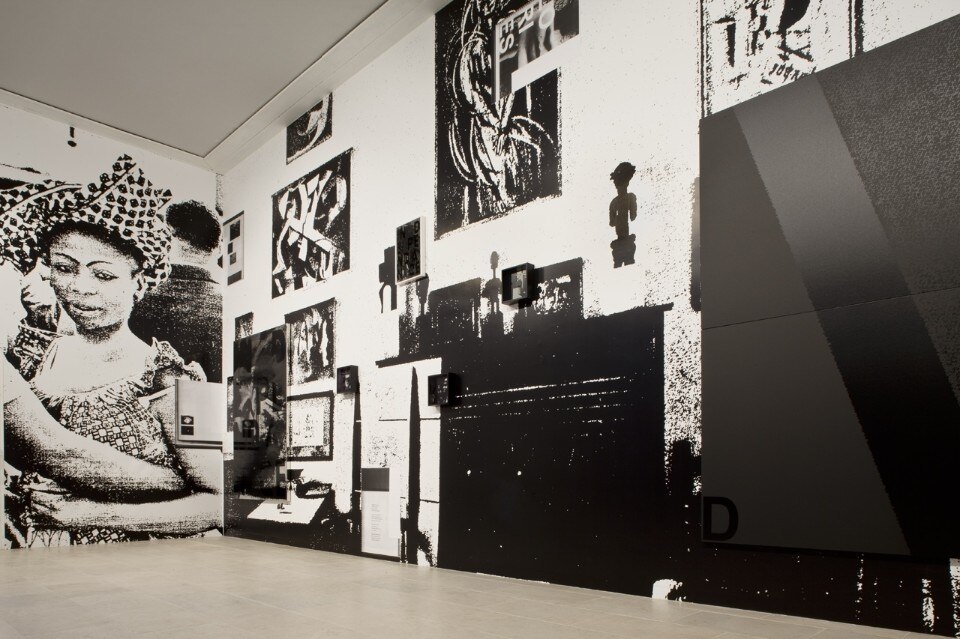
Personne et les autres challenges the issue of authorship inspired by the Situationist Internationals, whose last conference was held in Venice in 1969.
The thread passing through Personne et les autres connects Situationism and the Dada and CoBrA movements, modern colonial avant-gardes, with Pan-Africanism, African independence and Global 68 in an attempt to question the Eurocentric idea of modernity and focus, instead, on the effects generated by cross contamination between Europe and Africa.
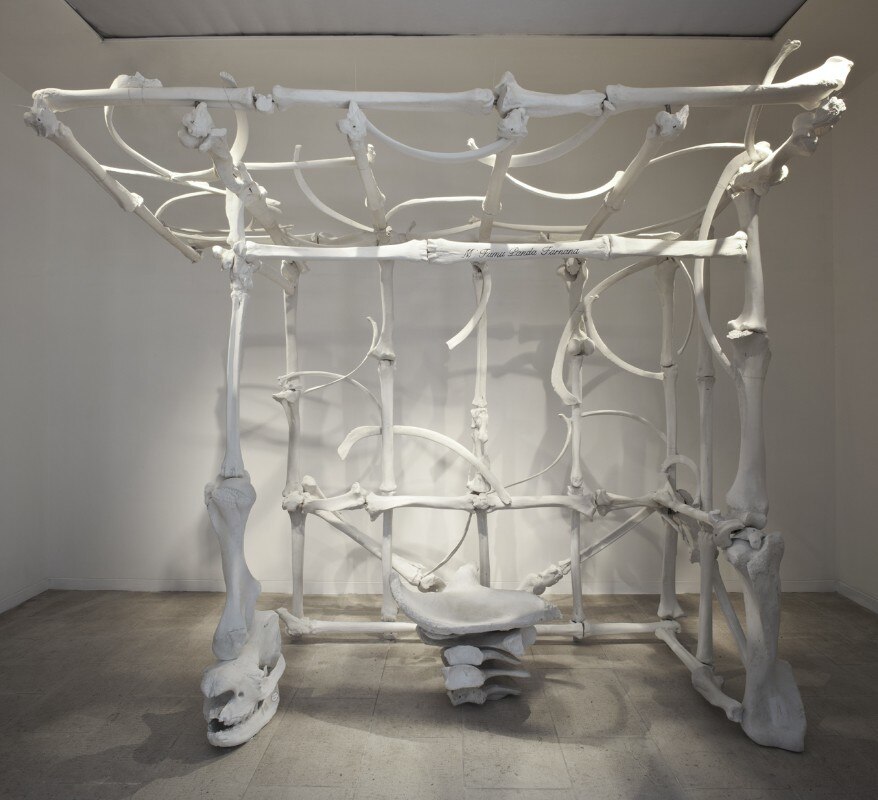
One, Two Three is a three-way video installation by Vincent Meessen in the centre of the pavilion. Its sound reverberates through the rooms to mix with the vision of the other works and become an echo-chamber for the enjoyment of the whole. This work explores the unknown participation of certain Congolese intellectuals and philosophers in the Situationist International movement, especially a young student called Joseph M’Belolo Ya M'Piku who wrote the lyrics of a very Situationist 1968 protest song in the Kikongo language
Meessen came across the song and reworked it with M’Belolo and female musicians from Kinshasa. It was then recorded in the One, Two, Three nightclub, founded in 1974 by the legendary and controversial musician Franco Luambo, considered the king of rumba and friend/enemy of the Congolese dictatorial power.
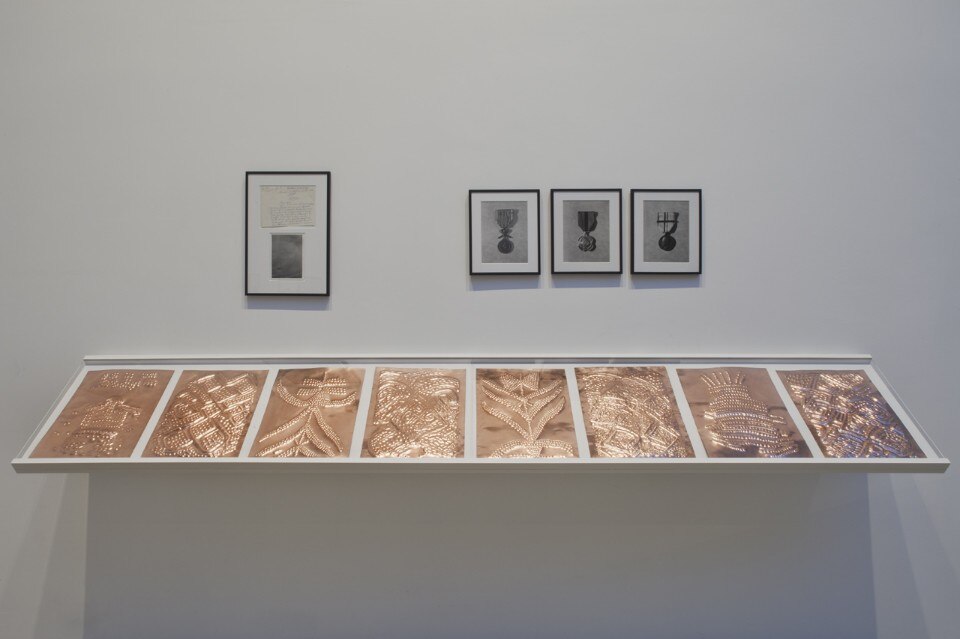
In an operation that shuffles the cards of African folk tradition, Messen achieves his musical shift not by re-enacting history but, as Katerina Gregos writes in the generous presentation catalogue, by conveying a historical “impasse” and the unkept promises of the revolutionary theory.
The recollection of the past and the archive potential act as a link between this and the other works in the exhibition. It seems no coincidence that the Congo is the main point of observation and the nation recurrent in the exploration of other artists such as Elisabetta Benassi, who presents a homage to the Congolese idealist M’Fumu, and Sammy Baloji centred on the surveillance activities of the Belgian secret service in the Congo.
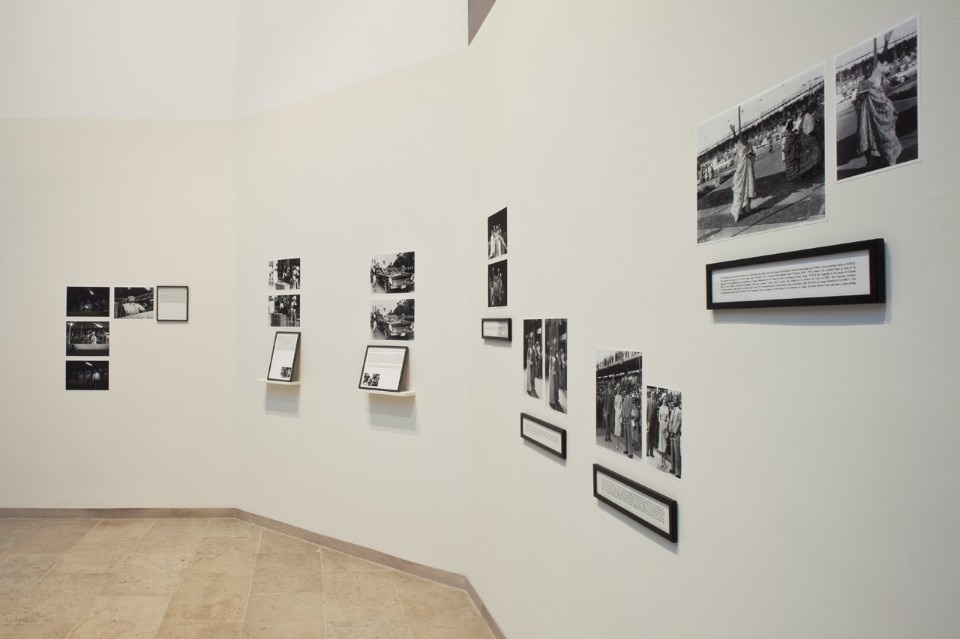
But, as written by the renowned US activist W.E.B. Du Bois, “With nearly every great European empire today walks its dark colonial shadow,” (Worlds of Colour, 1925) and this is certainly what emerges most strongly along the visual and conceptual route developed in Personne et les autres. Its ethnographic and artistic activation of history does not address colonialism from a regressive perspective; rather, it explores the still radically central and complicated decolonisation processes.
“La décolonisation est toujours en viguer” as M’Belolo Ya M’Piku says in Vincent Meessen’s film.
until 22 November 2015
Vincent Meessen (with Mathieu K. Abonnenc; Sammy Baloji; James Beckett; Elisabetta Benassi; Patrick Bernier 6 Olive Martin; Tamar Guimaraes & Kasper Akoj; Maryam Jafri; and Adam Pendleton)
Personne et les autres
Belgian Pavilion
Giardini, Venice


